Two films on two major 20th-century artists were presented at this year’s Berlinale and will be in cinemas later this year. SCHIRN MAG took a look at the films in question.
Bringing a historical figure to life on the big screen always involves both formal and substantive problems, for what the filmmaker wants us to see is his own take on events, his personal version of the subject matter. At the same time, he cannot disregard the facts. Accordingly, he has a choice between two different formats – the biopic and the documentary. A mixture of the two is not uncommon, with the biopic director aspiring to universality and lapsing back into a kind of pretend documentary. At the same time, for some years now documentaries have tended to include reenacted sequences which often appear to reflect a lack of confidence in their audiences’ ability to absorb information.
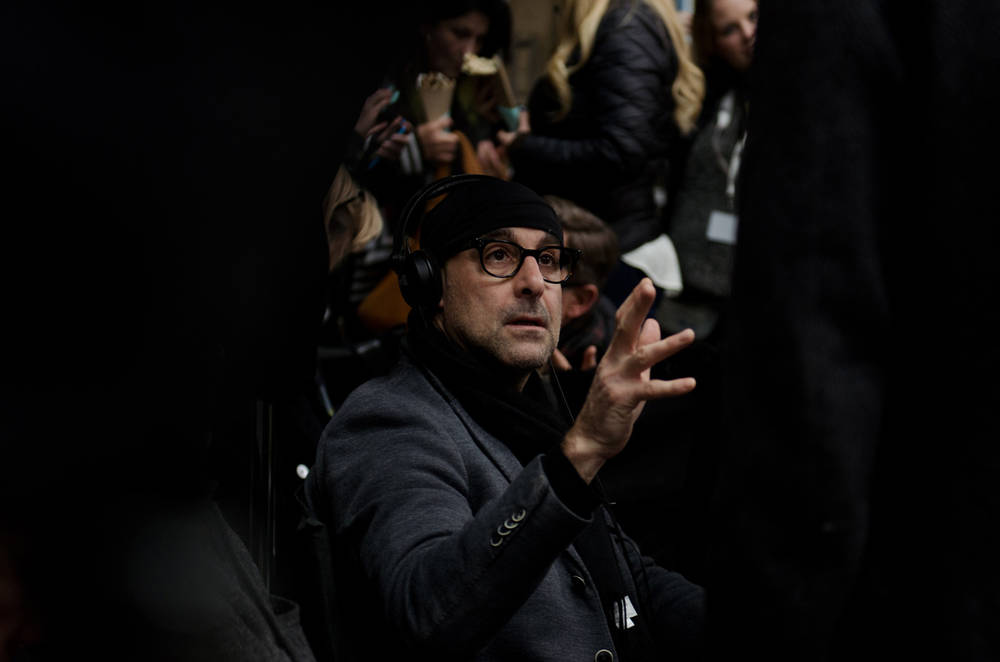
rtraits of not just one, but two artists had their world premieres at this year’s Berlinale and both of them will be hitting the big screen in Germany this summer: Stanley Tucci’s feature film “Giacometti” and Andres Veiel’s documentary “Beuys.” The titles of both films immediately reveal the name of their subjects – but this is where the similarities end. The film presented by Tucci, whose first words at the press conference – “I never really found biopics particularly interesting” – speak volumes, focuses on a two-week period in the life of the exceptional Modernist Swiss sculptor and painter, whereas Veiel’s documentary attempts to plumb the depths of the phenomenon that was Joseph Beuys.
The doubting maniac
Paris, 1964: A few days before returning home to New York, writer James Lord (Armie Hammer) is asked by Alberto Giacometti (Geoffrey Rush), an acquaintance of his, to sit for a new portrait. Honored and excited in equal measure, Lord presents himself at the cheerless, shabby apartment-cum-studio where the artist lives with his wife and his brother. Enter Giacometti – a wonderfully eccentric, bad-tempered then cheerful, wild then depressive maniac who, naturally and more than anything else, constantly doubts himself.
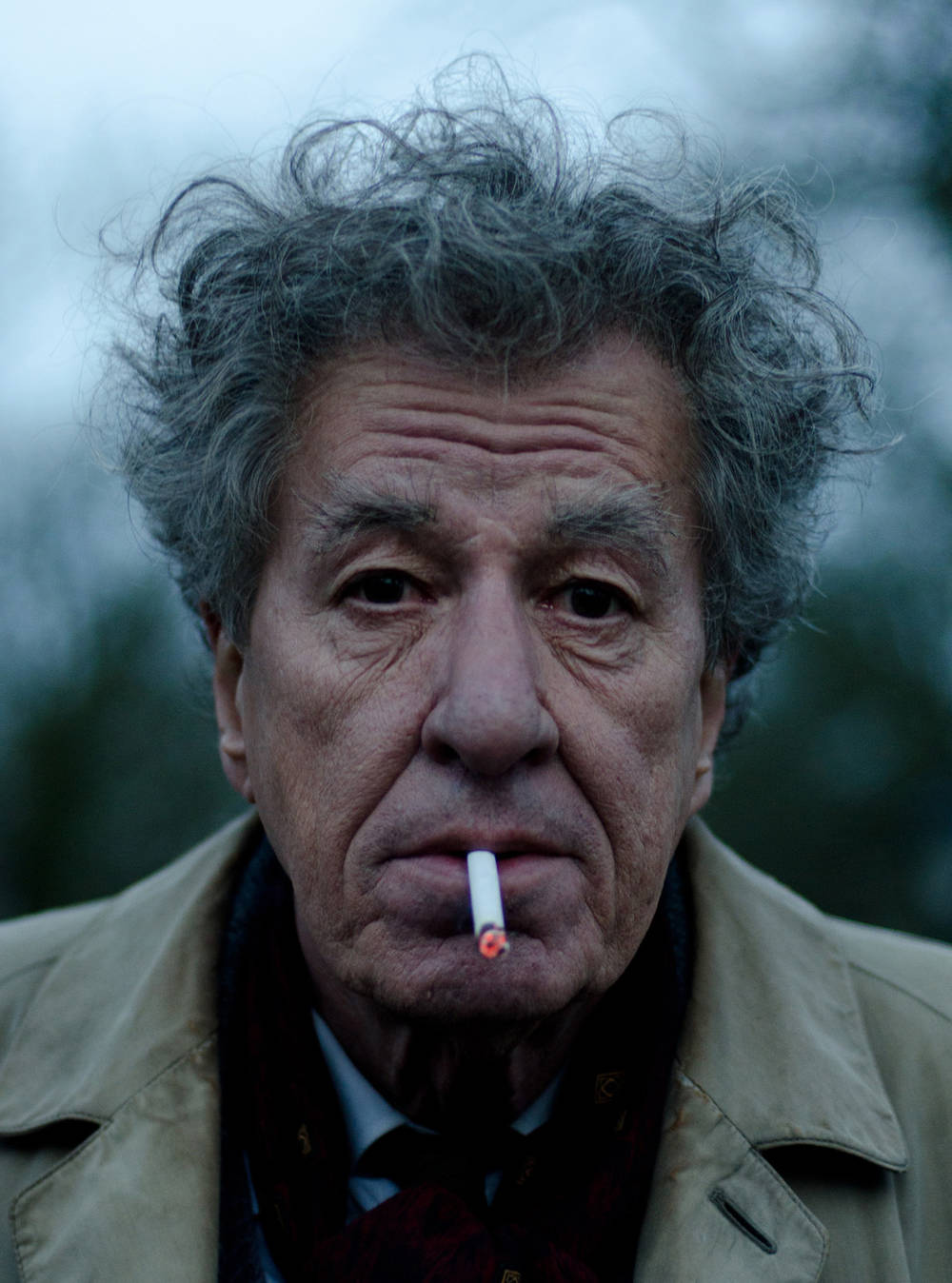
Rush portrays the artist as grumpy and peevish, often morose and with an astonishingly short fuse – but somebody who can then again be tender and loving, funny and unbelievably engaging. His brother Diego is there repeatedly, commenting ironically on Alberto’s outbursts and pacifying their guest, who is extremely well brought up but is becoming increasingly impatient. Two women played an important part in Giacometti’s life at this time – his wife Annette (Sylvie Testud) and his impetuous, strenuous muse Caroline (Clémence Poésy).
Rush grabs his paintbrush with a pinched expression on his face
Tucci gives his actors enough space to develop their characters at their own pace, and is simultaneously in a position to zoom right in on them thanks to his minimalist technical equipment. This means that when Rush grabs his paintbrush with a pinched expression on his face, skeptically eyeing his subject’s every move and then grudgingly acknowledging it, the camera allows the audience to participate in every twitch of his mouth. It records Armie Hammer’s skin in place of the artist’s penetrating gaze, which scrutinizes every pore of his subject’s skin, every bristle of his beard.
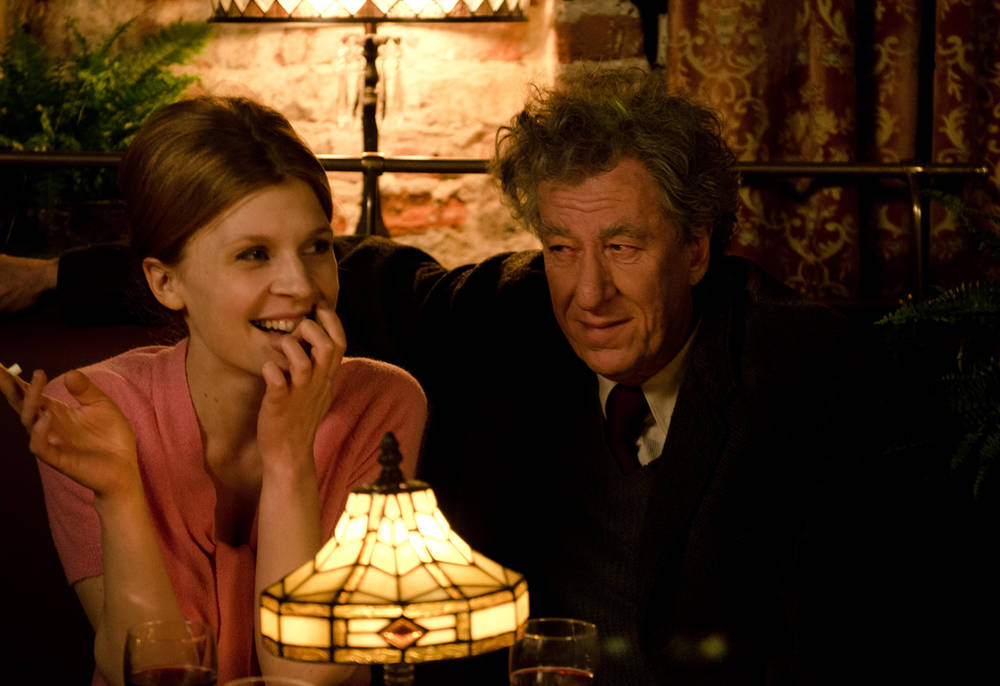
And then there is the studio, brimming with sculptures and paintings which the film team has had replicated and painted by a professional in the style of the artist. And when Giacometti mixes sludge and fibers in rough gestures before slapping them on to the wire sculpture in an approximation of the portrait that only ever remains in his head anyway, it is reminiscent of nothing less than the great myths of human history – man, fashioned by God from damp clay in the primeval slime. The matte colors in which Tucci bathes his film suit this very well – grays and black and white, brownish and beige; filmed in natural light they reflect that quality of color that distinguishes Giacometti’s work. After a while, we are almost glad to leave behind this damp, dark place and accompany the artist and his model on jaunts to the bars of Paris.
The fascination of Beuys
By contrast, with “Beuys” Veiel presents a film that is right at the other end of the spectrum for filmic portraits – a classic documentary. The director, who has cut his montage of images in pleasantly relaxed sequences, takes his audience into the world of the hat-wearing German performance artist Joseph Beuys. For this project, Veiel analyzed mountains of archive material, much of it to date unknown. In total, he assessed 400 hours of pictorial material, 300 hours of audio and more than 20,000 photographs. The film focuses on the fascination generated by Beuys, presenting the archive material in amazement; friends and associates talk about the artist’s charisma. There is no single off-screen narrator to organize the material; Veiel also rejects the idea of placing the historical recordings in any specific context.
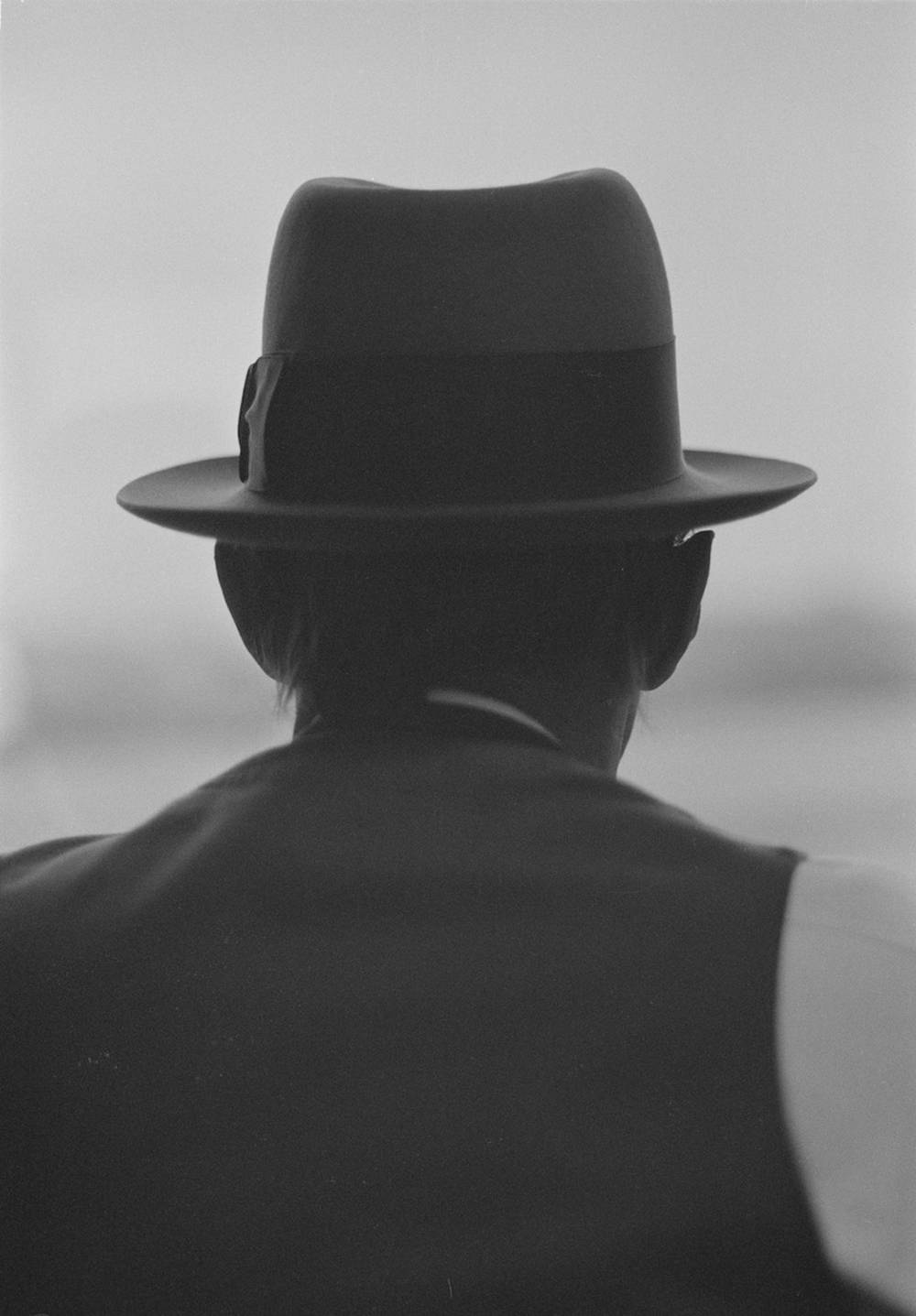
“Beuys” presents the key phases of the artist’s life – a soldier at war, depression, his first performances, his professorship in Düsseldorf, 7,000 Oaks in Kassel, his talks on social sculpture, exhibitions in the US and finally his membership of the Green Party. The film shows the artist in his best light, when he is laughing, as a charismatic advocate of happenings and performance art, delighting not only his friends and associates, people given their say in individual, freshly recorded interviews, but also the people in the documentary recordings. This way only one person has sovereignty over their interpretation of Beuys’ work, namely the artist himself.
Beuys remains a mystery
In historical recordings the artist brushes aside critical questions with an airy “Yes, that’s the way they see it!”; Veiel himself avoids making an issue of the anthroposophical influence of Rudolph Steiner, with which Beuys first came into contact in the 1940s, and why the Greens ended up revolting against their high-profile party member does not appear to particularly interest him either. This being the case, Beuys remains a mystery and Veiel’s film about him a kind of holy shrine, one which will appeal to the kind of people who are already devotees of the artist.
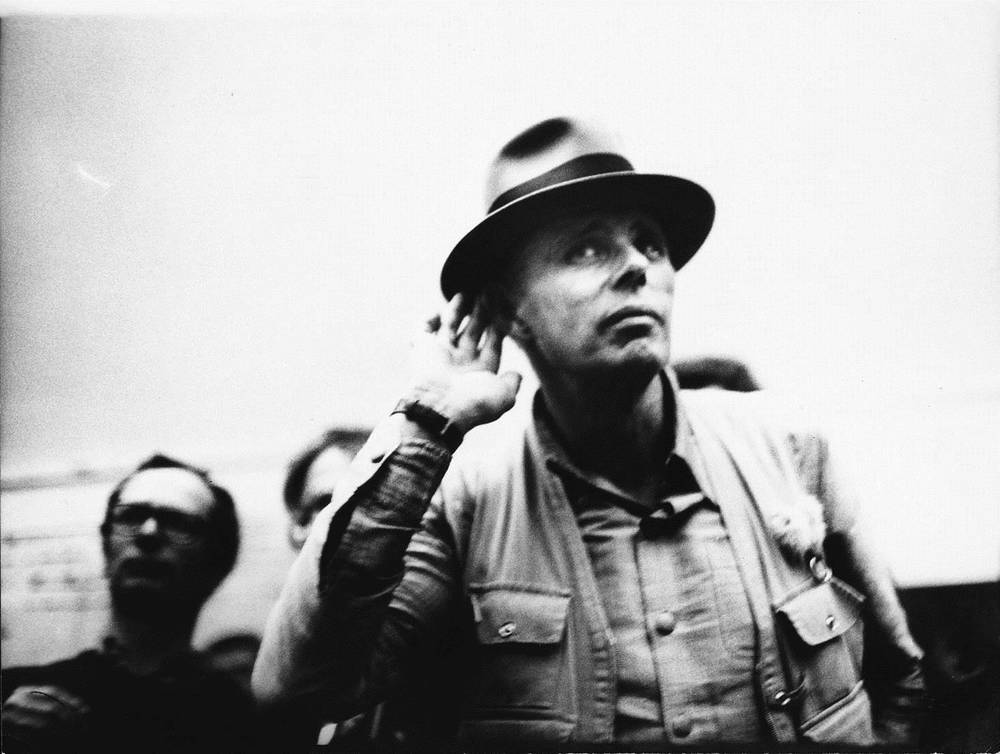
And so both films can tell us something about the subject of filmic portraits. Whereas in large sections of his film Veiel remains responsible for the story himself, in “Giacometti” Tucci creates a filmic portrait of an artist who produces a portrait, only to repeatedly despair of it – thus reflecting the impossibility of the undertaking for the director himself.
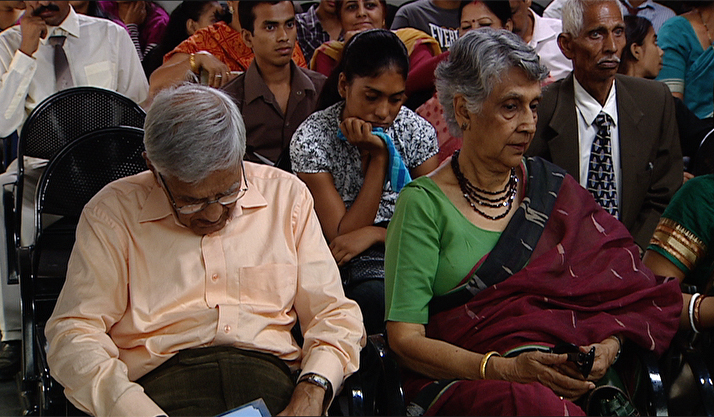
At the mercy of waiting
Artist Bani Abidi is dedicated to the dark absurdities of everyday life. In her video work "The Distance from Here" bureaucracy takes over and waiting...

Motherhood and Art. A Somewhat Different Monument
Apart from depictions of the Madonna with child, mothers are rare pictorial motifs in art. An interview with artist Najja Moon, who has erected a...
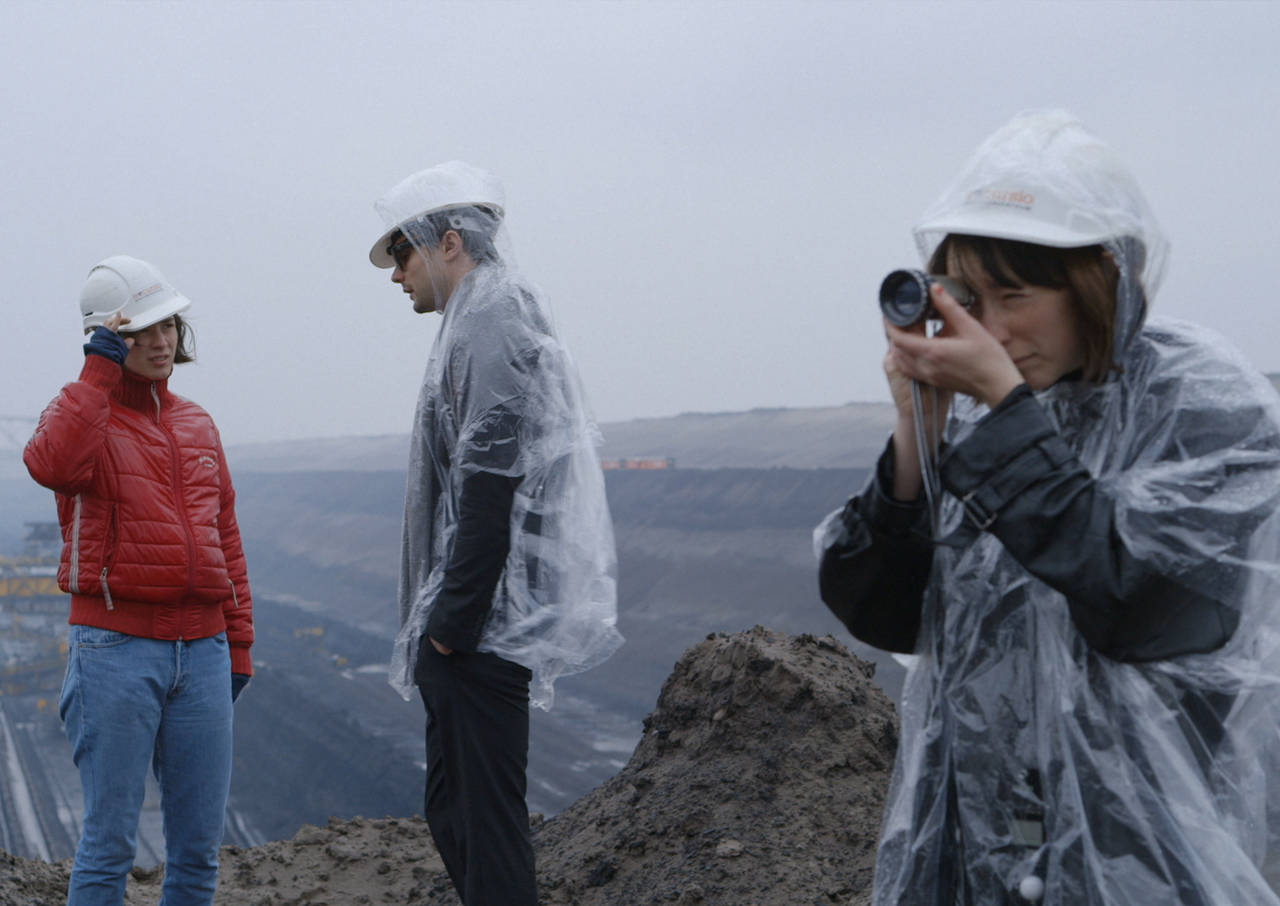
“Please don’t make a film about Godard!”
A film about filmmaking sounds a bit meta. But Kristina Kilian’s video work takes us on a ghostly journey through Godard’s Germany after the fall of...
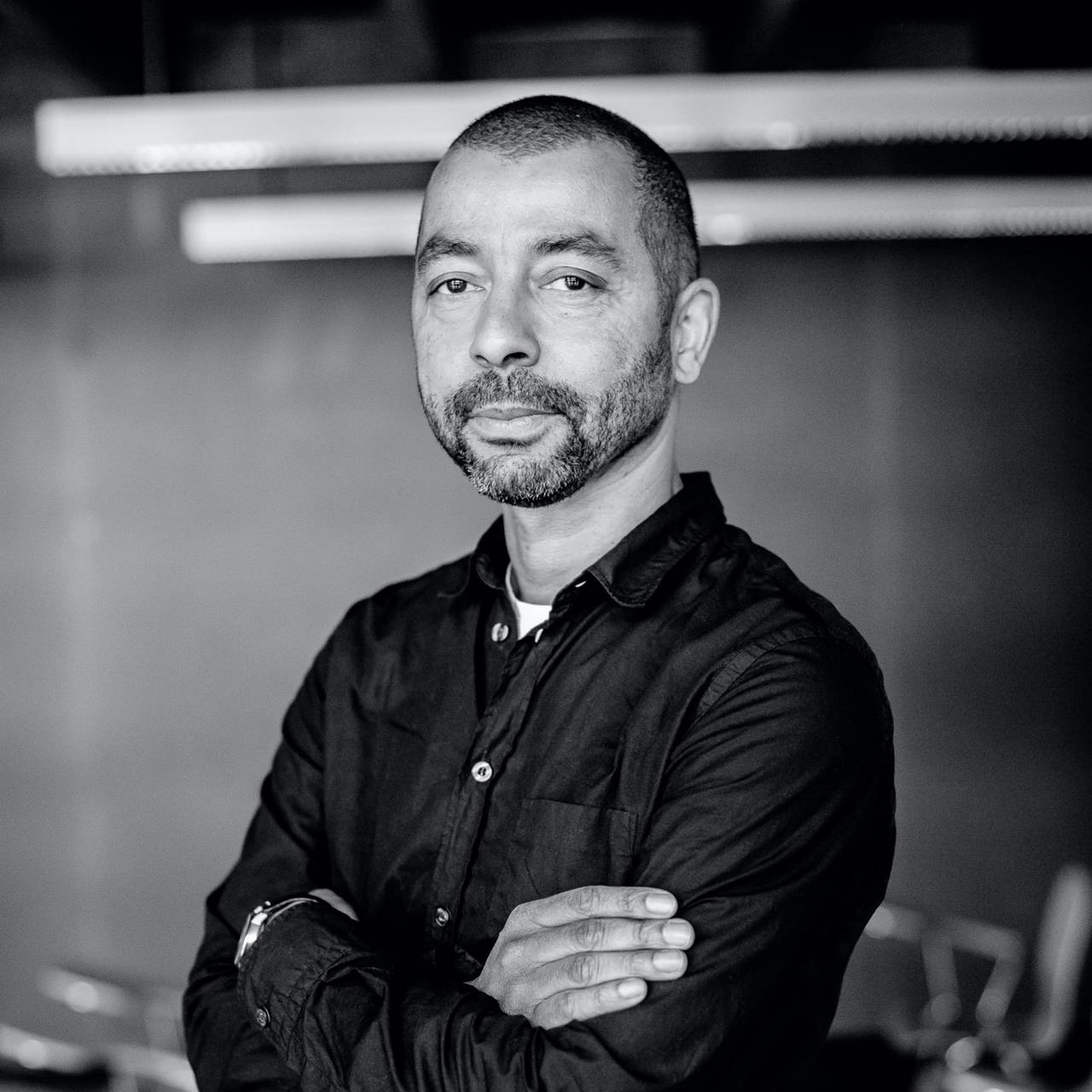
Black is not a Color
In a film series, Oliver Hardt combines the themes from Kara Walker’s work with the perspectives of Black people in Germany. In conversation with...
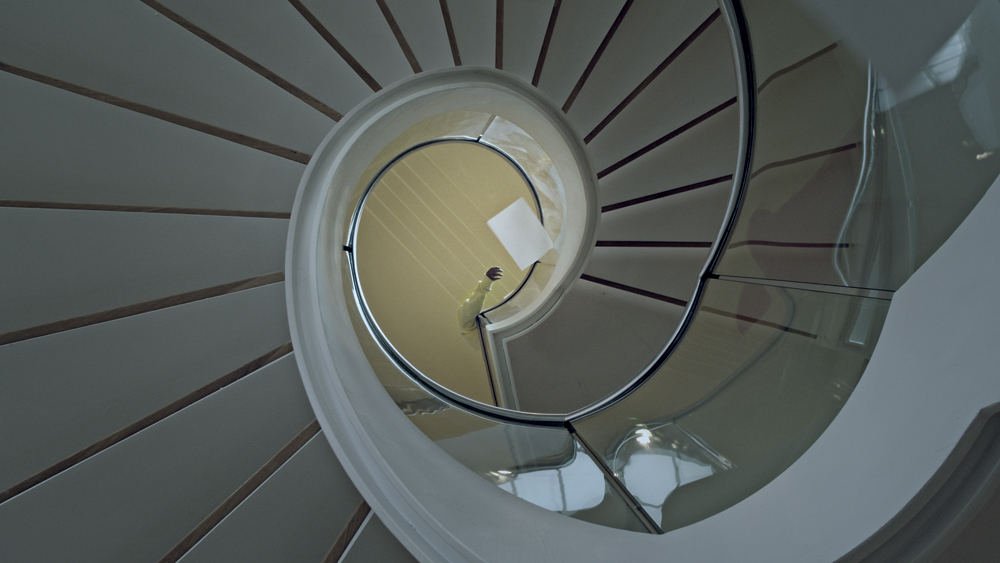
How do we Remember?
In which places does history become visible? And what do we remember at all? Maya Schweizer begins her search for clues in the sewers and slowly feels...
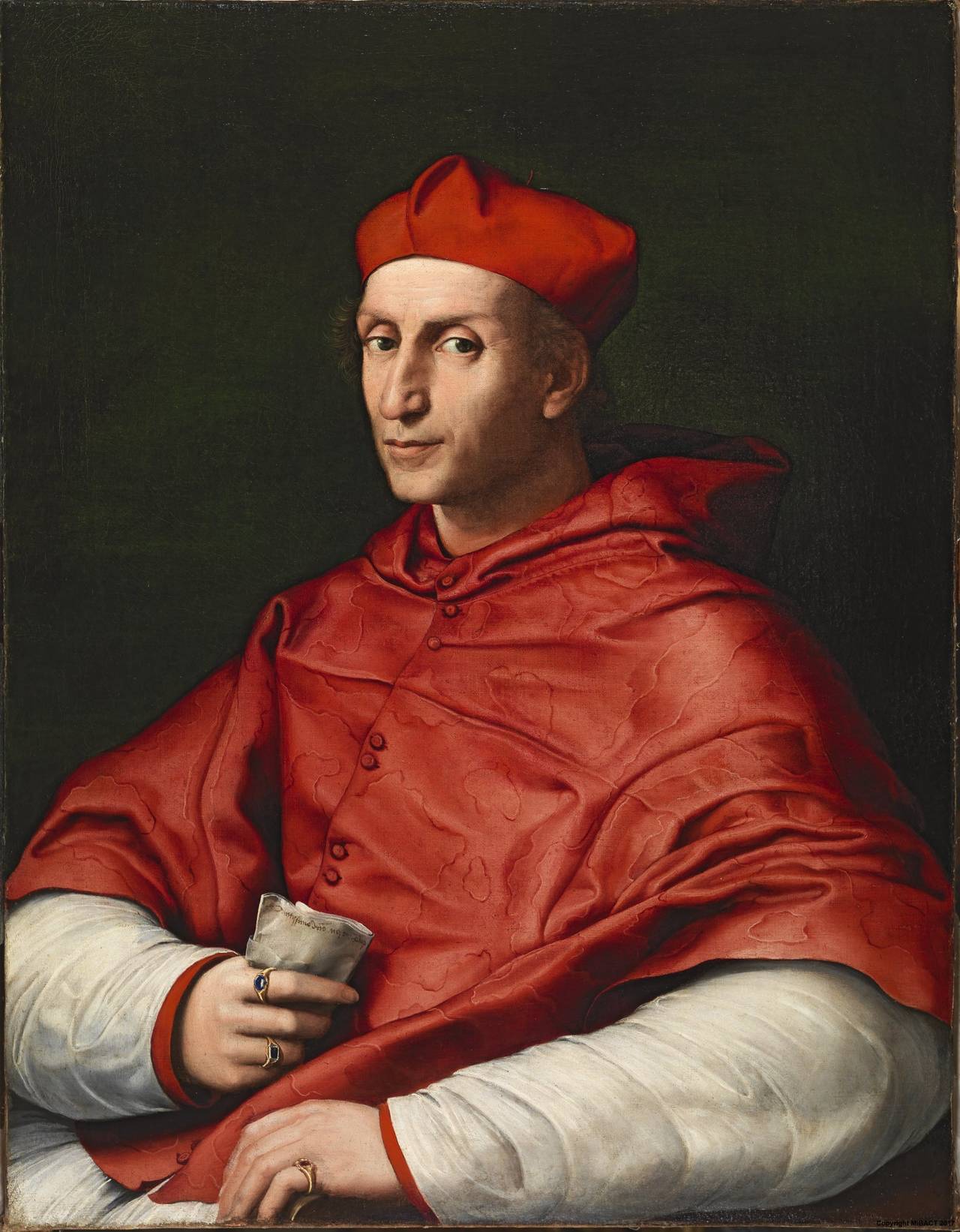
Seeing Red
Red is the color of love? Far from it. The pigments and shades are as varied as the manner the color red is used in art. Our Top Ten!
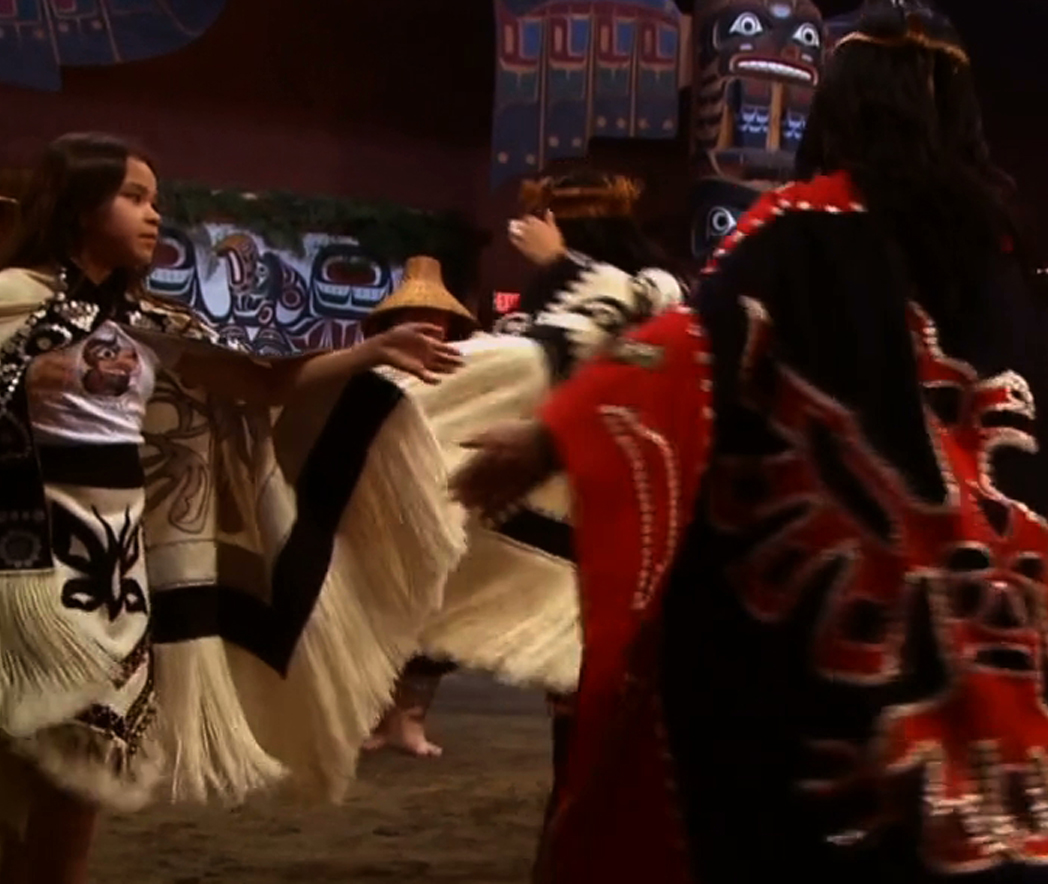
Film highlights from South and North America
How can we break with the power relations of the past and create a decolonial future? A look at the representation of Indigenous women in film.
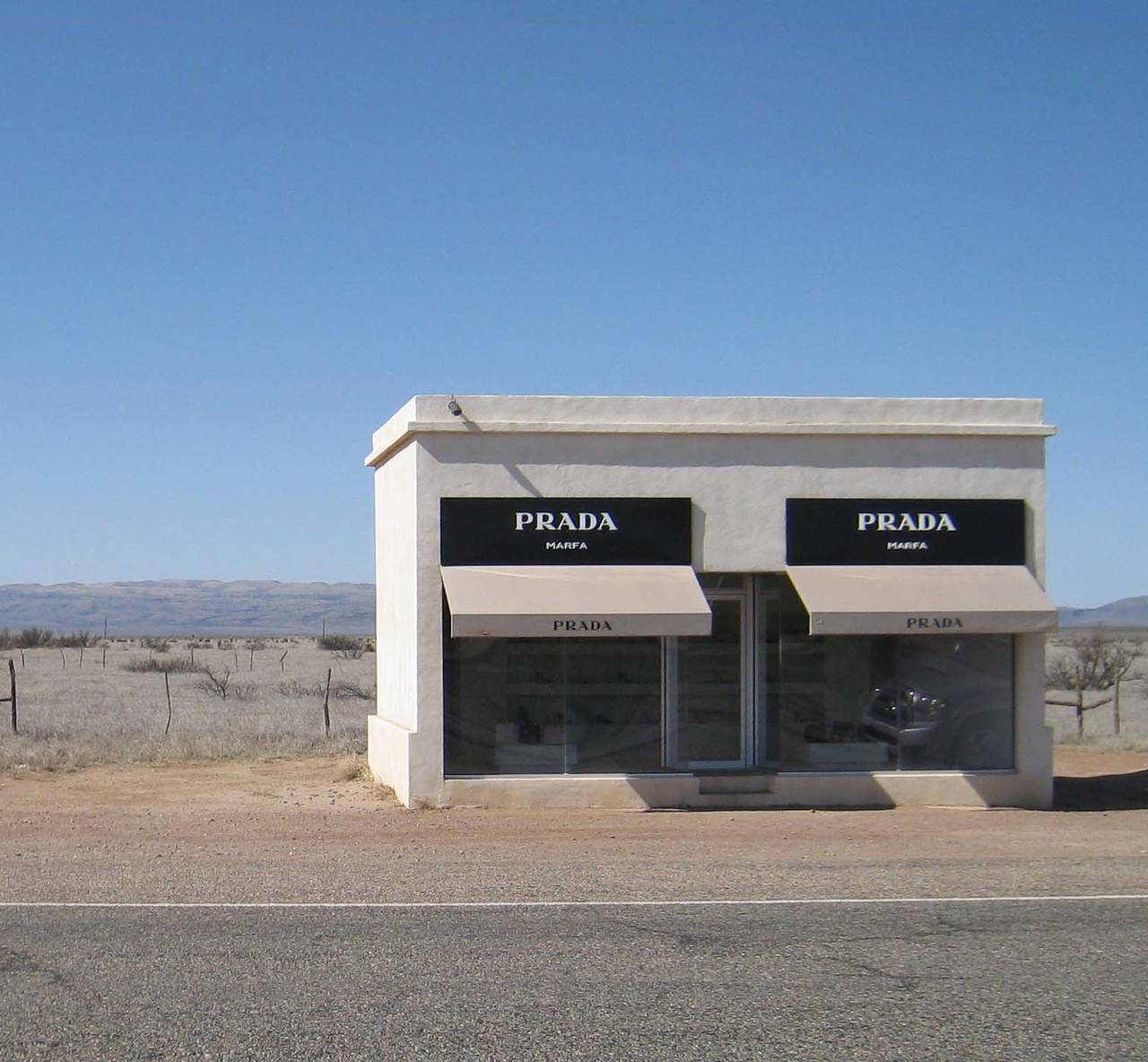
When nothing is as it seems
Just what constitutes a sculpture? Inspired by Gilbert & George, who first became “Living Sculpture” in 1969: 10 sculptures that are only recognizable...
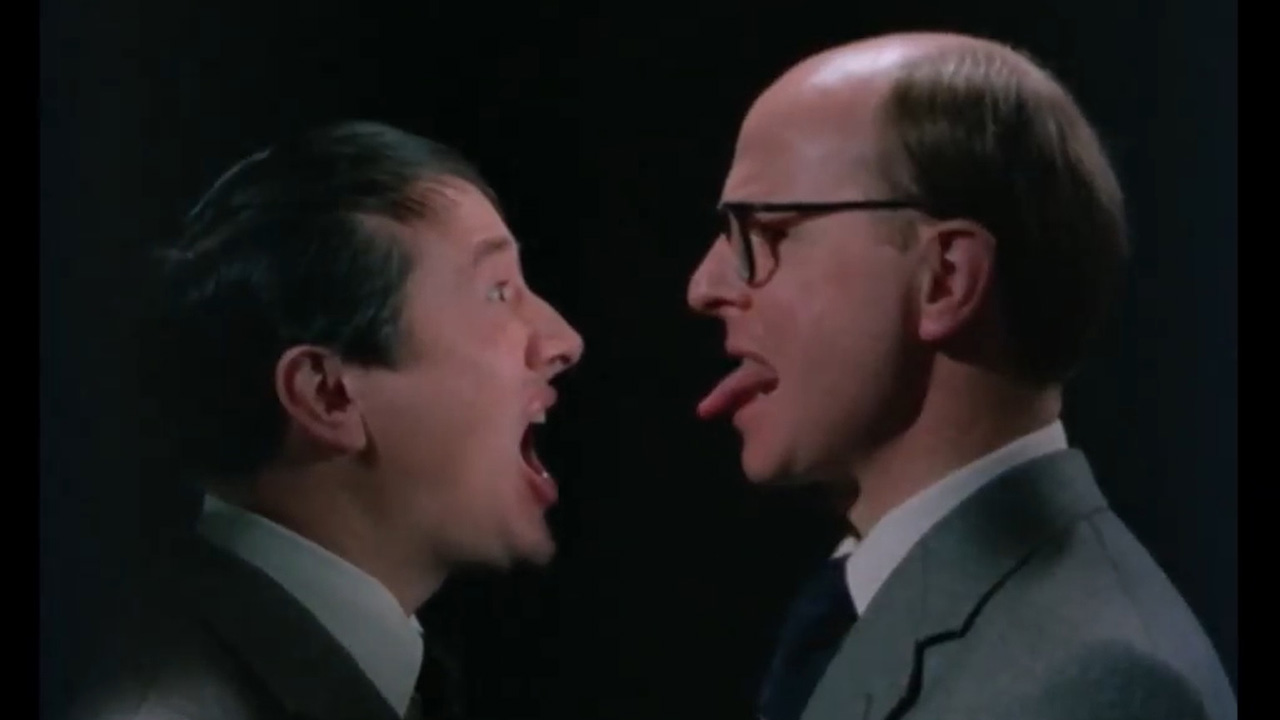
Must See: The World of Gilbert & George
Eccentric, fascinating, repulsive, entertaining and full of symbols: “The World of Gilbert & George” is a collage about the artifice of everyday life...
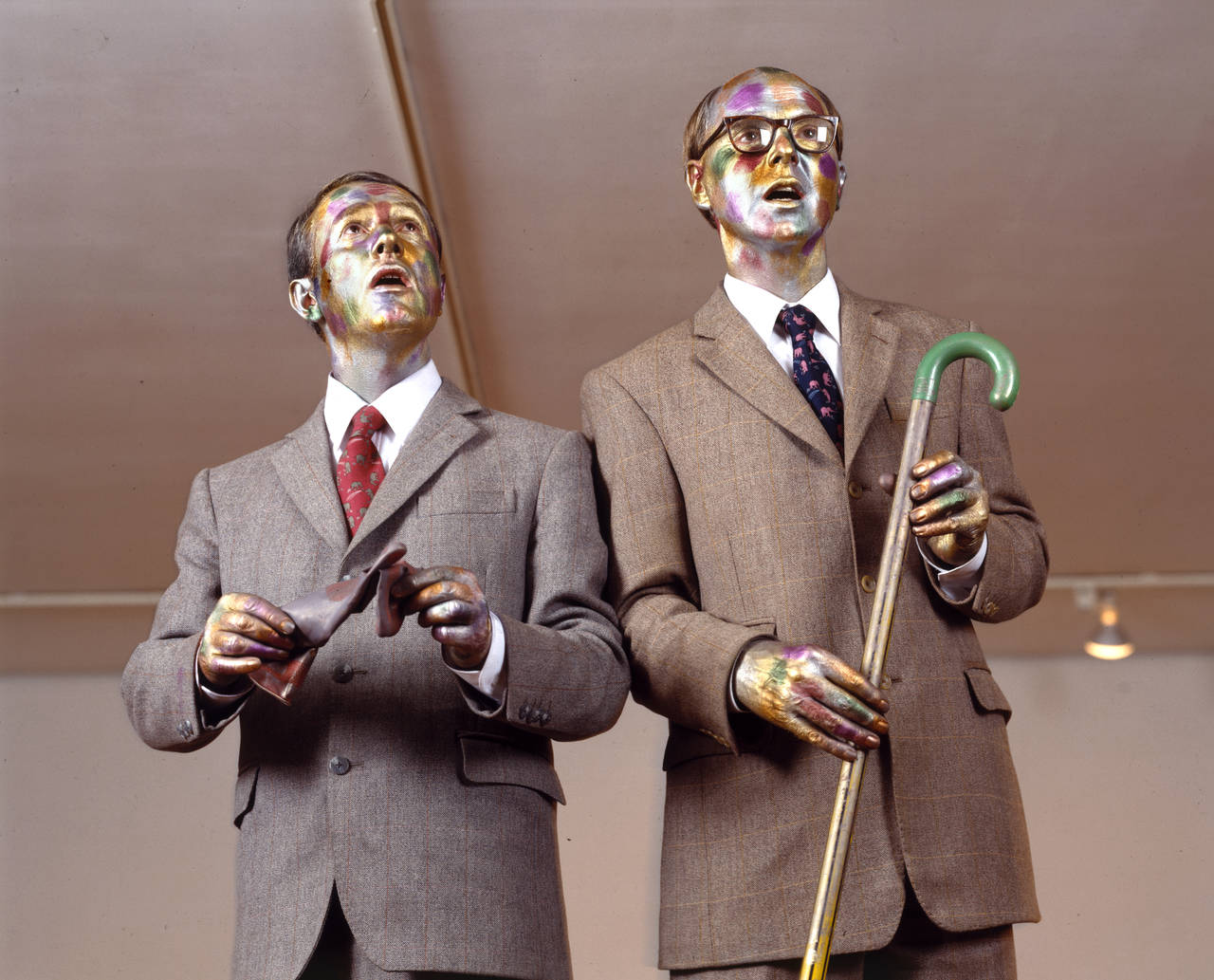
Torn from the plinth
When Gilbert & George first became a “Singing Sculpture” in 1969, it fell on fertile ground: In the years before, a group of artists had already...